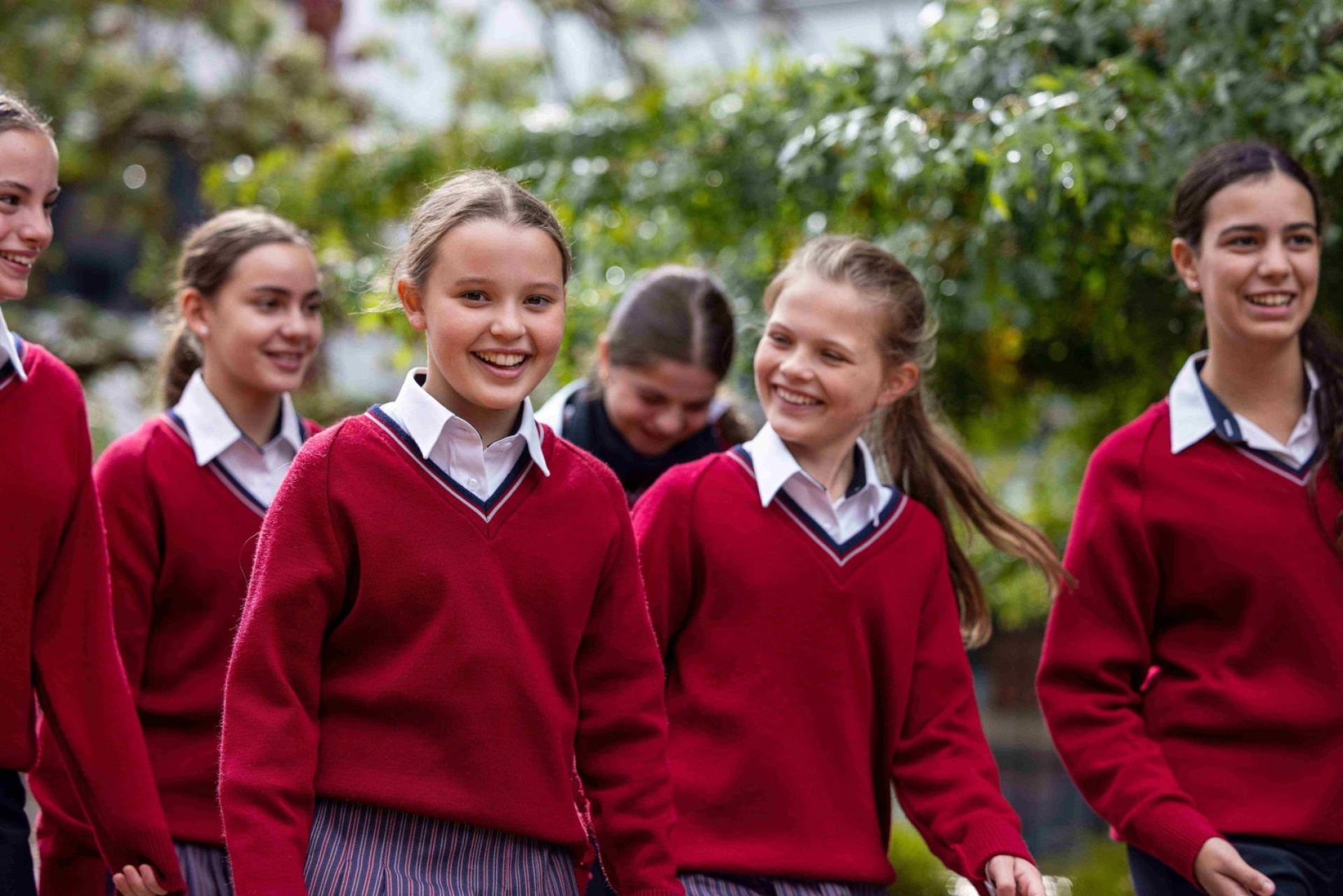It is with great pleasure that the Humanities correspondent introduces two of our Year 10 Commerce students who have written about an interesting and evocative opportunity they had to explore the Melbourne housing market by comparing and contrasting suburbs.
Rosemary Jones
Humanities Learning Leader
Going on this excursion for Commerce was an effective experience because I was able to analyse and compare different housing in actuality, which was really refreshing from doing similar work based on videos or Google Docs in the classroom. Going out to compare different housing situations in Suburb A to Suburb B provided me with a real-world insight into how life would look for individuals from each area, as I was also able to learn the history behind some of the homes I visited with my group. For example, a lot of the housing in Suburb A was public housing which was interesting to compare to the properties in Suburb B that were all high-end estates and privately owned. While on the excursion, I also observed that there was a significant amount of construction taking place in Suburb B in contrast to Suburb A, which put the attentiveness and time taken to improve each suburb’s housing scenario into perspective for me. Overall, it would have been much more difficult for me to gather this information if it was from a video, so participating in the excursion was really effective in terms of improving my knowledge of the topic and learning how a variety of aspects of economics come into play when buying a house.
Zoe D (10CMSM)
Is housing a right or a privilege?
This excursion opened my eyes to the two different realities of people on opposite sides of the economic spectrum. It was fascinating to see how the lives of two people living only 25 minutes away can be so drastically different. Father Harry told our Commerce class stories of people living in public houses so run down I couldn’t imagine anyone calling it home, whereas the houses in a contrasting suburb were excessively decorated, with heavy security and grand statues.
Something that I found interesting was the history behind the public housing in one suburb, which was once the Olympic Village in 1956. Made quickly and cheaply for the Olympians, these houses were only supposed to be in use for a few weeks and were not created for durability or long-term housing. I found it baffling that these cheap houses were given to the low-income public and not maintained well, with some people even getting respiratory diseases due to poor flooring, roofing and lack of maintenance.
On the other hand, Suburb B’s houses were very big, well maintained and aesthetically pleasing. The houses were massive with structures such as fountains and gates and very high security. This was a huge change from the houses we saw in Suburb A, as they were more closed off and protected, much more architectural and exclusive. Something else I noticed in Suburb B was that almost every house had prestigious cars parked outside and very big gates isolating each house from the community, unlike the public housing in Suburb A, where there were only small gates or no gates at all, no cameras, and very few cars. Overall, this excursion helped me to see two aspects of the economic spectrum and how different housing can be depending on your income and background.




